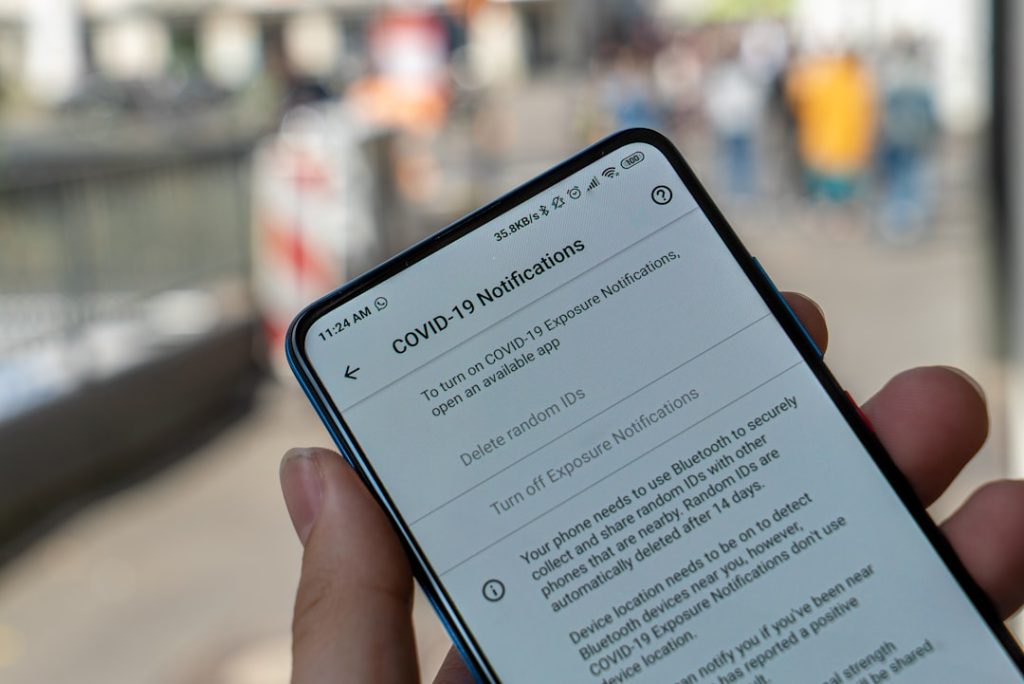In-app purchases (IAP) are online transactions that take place inside an application. These purchases allow users to unlock extra features, access premium content, or utilize special services within the app itself.
Microtransactions, which are a low-ticket form of IAPs, involve modest sums, often just $1. These purchases provide virtual enhancements like a single power-up, a cosmetic skin, or an ad-free session.
Industry tallies for 2024 show that IAPs produced $150 billion in gross revenue across the iOS App Store and Google Play. These purchases now supply 48 percent of the total mobile app revenue. This stems largely from freemium models, where apps are free to download but offer optional paid upgrades.
This approach influences how users interact with everything from casual games to productivity tools, providing developers with a steady and scalable revenue source.
Let us explore the economics of in-app purchases and their effects in more detail.
Key Takeaways:
- In-app purchases (IAPs) generated $74 billion from gaming apps in 2025, with non-gaming apps achieving 23 percent growth in 2024.
- Gaming apps thrive on virtual currencies and skins, driven by social influence, while non-gaming apps focus on time-saving templates and premium features.
- Ethical concerns, like gambling-like mechanics and unclear pricing, led to $72M in refunds in 2024, pushing for transparent design.
- Future IAP success hinges on ethical monetization, with the market projected to reach $257 billion in 2025.
Gaming vs Non-gaming Revenue
Gaming applications continue to capture the largest slice of the IAP pie, with their in-game purchases touching $74 billion in 2025. Platforms like Roblox invite players to buy virtual currencies, extra lives, or purely visual items, all framed to make modest outlays feel rewarding.
These games layer on leaderboards, cooperative events, and seasonal passes that nudge players toward frequent small purchases.
Outside of gaming, social media, productivity suites, and e-commerce clients posted growth rates of 23 percent in 2024. Notion markets advanced workspace templates, TikTok sells premium video effects, and design apps like Canva have built-in templates for sale.
This shows how developers across industries now rely on IAPs to satisfy a wide spectrum of user needs.
| Aspect | Gaming Apps | Non-Gaming Apps |
| Key Purchase Types | Virtual currencies, extra lives, cosmetic skins | Premium templates, video effects, ad-free sessions |
| Revenue Contribution | $74 billion in 2025, dominating IAP market | 23 percent growth in 2024 across social media, productivity, and e-commerce apps |
| User Spending Behavior | 1.38 percent of users drive most revenue; motivated by social pressure and competition | Users seek time-saving tools and enhanced workflow functionality |
| Ethical Concerns | Loot boxes and gambling-like mechanics; 2024 Roblox fine for illegal gambling purchases | Aggressive upsells and unclear pricing; FTC settlements with $72M refunds in 2024 |
| Monetization Design | Consumables, seasonal passes, leaderboards, and countdown timers create urgency | One-time feature unlocks, renewable subscriptions; transparent pricing to maintain trust |
Who Pays and What Motivates Them
Only about 1.38 percent of an app’s total user base ever completes an in-app purchase, yet this minority, often called whales, generates a large chunk of the spending. This is mainly for retail apps, with the largest concentration inside mobile games.
In Fortnite, for example, players acquire limited-edition outfits to stand out in a match or purchase battle-pass tiers to skip repetitive tasks. Social pressure also fuels spending. Adolescents often feel pressure to purchase virtual gear to keep pace with their peers. Countdown timers and limited-stock banners trigger urgency and a feeling of scarcity.
Outside gaming, users pay for premium features that promise faster workflows, like batch-editing tools in photo apps or advanced features in note-taking clients.
These patterns explain why IAPs are extraordinarily profitable while simultaneously raising concerns about overspend, particularly among younger users.
Growth vs Responsibility
Microtransactions can cross into ethically gray territory when mechanics resemble gambling. In-game purchases like loot boxes and reward systems encourage repeated spending cycles, especially among minors.
In 2024, the FTC reached settlements with Apple and Epic Games over insufficiently clear in-app purchase disclosures, resulting in $72 million of refunds issued to consumers.
Families report financial strain when children rack up bills unnoticed, leading to emotional fallout and, in extreme cases, mental health issues. The ongoing video game addiction lawsuit highlights this behavior. For instance, Roblox was fined in 2024 for allowing illegal gambling purchases inside its gaming platform.
Parents want clearer pricing and more robust parental controls, pushing developers to implement spending caps, transparent cost breakdowns, and age-gated purchase flows.
TorHoerman Law notes that affected individuals can check if they are eligible for potential compensation for their loss.
Crafting Microtransactions That Work
Developers design microtransactions to maximize lifetime revenue without eroding trust. The toolkit includes consumables such as extra lives, renewable subscriptions that unlock ongoing benefits, and one-time cosmetic items such as exclusive character skins.
Top spenders often account for the majority of profit, so pacing, presentation, and pricing tiers matter. At the same time, poorly worded prompts, hidden confirmation steps, or aggressive upsells can lead to accidental charges. This can erode customer trust.
Clear interfaces, explicit price tags, and straightforward refund paths help maintain user loyalty.
The Road Ahead
According to Research and Markets, the IAP market is expected to reach $257 billion in 2025, showing a 23 percent spike since 2024. This is powered by adaptive systems that study individual habits and serve tailored offers, supported by hybrid monetization layers.
Algorithms quietly observe usage patterns and recommend skins or templates that align with each user’s workflow.
Upfront prices, one-click cancellations, and ethical design are the right ways for app makers to win user approval. Pairing responsible practices with thoughtful upselling keeps the industry growing while maintaining a safe, fair, and enjoyable experience for everyone.
